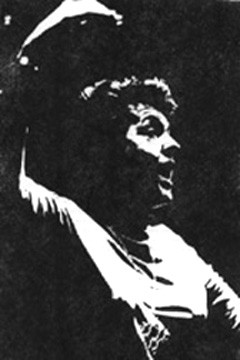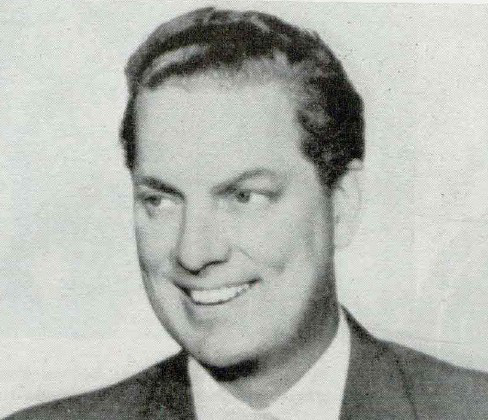
New England Conservatory Chorus
Music Of The Pilgrims
Album US on Plimoth Plantation Inc label
Classical (Choral, Medieval)
The music the Pilgrims brought to the New World was the Aisnworth Psalter, published in Amsterdam in 1612. Henry Ainsworth, a member of the Pilgrim or Separatist sect, fled from England to Amsterdam in 1593, for in Holland the religious ecile found freedom to worship god. A learned Biblical scholar and honored "teacher," Ainsworth translated the Psalms from the Hebrew, turned his translations into verse form which he set to music. This work, called the "Book of Psalmes," became known as The Ainsworth Psalter and served as teh religious music of the Pilgrims for many years. The Ainsworth Psalter has 39 tunes for all 150 Psalms, so a number of Psalms use the same tune. Some of the tunes were taken from the famous English Sternhold and Hopkins Psalter, and some were melodies Ainsworth heard around him in Holland. He wrote of them: "Tunes for the Psalms I find non set of God; so that each people is to use the most grave, decent and comfortable manner of singing that they know . . . . . The singing-notes, therefore, I have most taken from our former English Psalms, when they will fit the measure of the verse. And for the other long verses I have also taken (for the most part) the gravest and easiest tunes of the French and Dutch Psalmes." In this way, the vigorous popular music of France and the Low Countries was adapted for religious purposes. Ainsworth used many fine French melodies, such as the "Huguenot Marseillaise" (Psalm 136), "Toulon" (Pslam 23), and "Old Hundred" (Psalm 100), and the famous old German melody, "Vater Unser" (Psalm 34). The pilgrims sang in unison and without accompaniment. They believed, as did John Calvin, that the sole purpose of sacred music was the worship of God and that organ accompaniment or intricate part singing was a distraction from that prime purpose. Congregational singing was a feature of the Protestant movement. As the melodies were handed down by memory from one generation to the next, in the wilderness far from the musical world, skill in congregational singing deteriorated. The device of "lining-out" was probably used in Plymouth as in the other Massachusetts settlements. The minister of some person appointed by him sang to the end of the line and the congregation repeated it after him; then the minister sang the next line, and so on to the end. This practice had the great disadvantage of interrupting both the sense of the Psalm and the musical phrase. Music flourished in Elizabethan England and the English madrigal came into full glory. Between 1588 and 1630 over 80 vocal collections, containing between 1500 and 2000 pieces, nearly all secular in character, were published in part-books, and many more still remain in manuscript. The most famous of these publications was that known as the "Triumphs of Oriana," edited by Thomas Morley, which contained 25 English madrigals by nearly all the most distinguished English composers of the time. That the Pilgrims and Puritans were not different from the rest of their countrymen in their enthusiasm for and appreciation of the secular music of their time may be seen in the contemporary correspondence and writing of many of the members of this movement. - Theresa Putnam The excerpts from Governor William Bradford's "Of Plimoth Plantation" are from "Of Plymouth Plantation" edited by Samuel Eliot Morison, copyright 1952 by Samuel Eliot Morison, and were recorded with the permission of the publisher, Alfred A. Knopf, Inc., New York.
Musicians
 | New England Conservatory Chorus , GB album by |
 | Lorna Cooke deVaron , GB conductor |
 | James Pease voc, 1916-1967 US performer on track |
Album Tracks
| No | Title | Artist | Composer | Duration |
|---|---|---|---|---|
| 1 | Psalms from the Ainsworth Psalter with excerpts from Governor William Bradford's "Of Plimoth Plantation" | James Pease | ||
| 2 | My Bonnie Lass She Smileth | New England Conservatory Chorus | Thomas Morley | |
| 3 | April Is In My Mistress' Face | New England Conservatory Chorus | Thomas Morley | |
| 4 | Fire, Fire, My Heart | New England Conservatory Chorus | Thomas Weelkes | |
| 5 | The Silver Swan | New England Conservatory Chorus | Orlando Gibbons | |
| 6 | As Vesta Was From Latmos Hill Descending | New England Conservatory Chorus | Thomas Weelkes | |
| 7 | Fair Phyllis I Saw | New England Conservatory Chorus | John Farmer | |
| 8 | Weep You No More, Sad Fountains | New England Conservatory Chorus | John Dowland | |
| 9 | Willy, Prithee Go To Bed | New England Conservatory Chorus | Thomas Ravenscroft |
